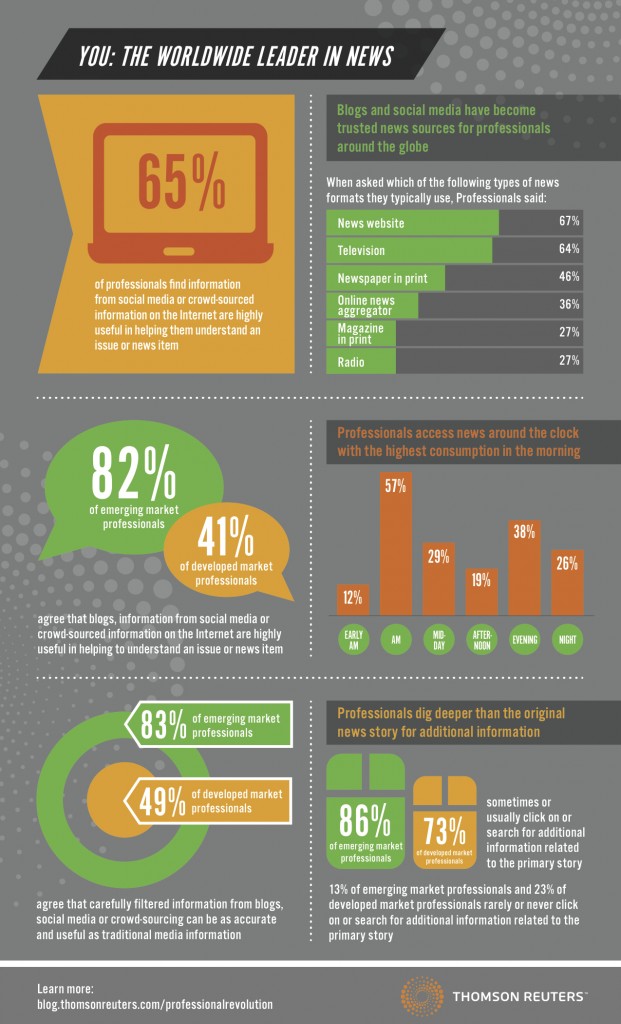There is only one thing in the world worse than being talked about, and that is not being talked about.
–Oscar Wilde, The Picture of Dorian Gray
Consider the case of Reza Aslan, a religious scholar and author of the controversial new book, Zealot: The Life and Times of Jesus of Nazareth. Aslan was interviewed by Fox News’ Lauren Green last Friday, resulting nine of the most bizarre minutes in television journalism history. Green, who had clearly not even cracked the cover on Aslan’s book. repeatedly questioned the author’s credibility as a Christian religious scolar based solely on the fact that Aslan is Muslim. MediaMatters reports that her bias against Islam goes back many years.
As a rule, public relations professionals advise their clients against getting involved in a confrontational interview such as this, but in Aslan’s case it has worked out splendidly. As of this moment, his book is the top seller on Amazon. Twitter is recording about 10 tweets per minute mentioning the author’s name. The story on BuzzFeed (linked to above) is approaching 4 million views and nearly 6,000 comments have been posted to the coverage on Huffington Post. Scores of articles have appeared in mainstream media. YouTube views are over 1 million.
Reza Aslan is making out like a bandit. The Fox interview virtually guarantees his book will be a bestseller. Getting attacked by Lauren Green is the best thing that could have happened to him.
What’s the lesson here? In today’s hyper-caffeinated media market, you have to make a scene to get noticed. Aslan’s book was controversial before he went on Fox, but had this interview not occurred it probably would have received little mainstream notice. Pairing him with a questioner with a Christian fundamentalist agenda was a recipe for dynamite. The author was clearly prepared to be challenged. The fact that Green bungled the whole interview so completely was just his good luck.
The story is a microcosm of the new media industry. Outlets like Fox thrive by pushing an agenda. It doesn’t matter to them if their tactics occasionally look stupid. Their core audience will stick with them regardless. Watch Lauren Green’s popularity soar in the wake of this incident. Many of Fox’s ultra-conservative viewers will believe she was only saying what too many others are afraid to say. In the echo chamber of extreme media, it’s almost impossible to go too far. Far from being cowed by this incident, Fox will only be further emboldened, just as Rolling Stone has profited from anger over its recent controversial cover photo.
There’s also a lesson for professional communicators. If you want to get noticed, you have to be outrageous. This new fact of life frustrates many of us who believe our work to be thoughtful, serious and worthy of informed debate. Authors can hope for thoughtful reviews in the Wall Street Journal, but that isn’t going to sell 100,000 copies of their books. If the opportunity to engage with immediate extremist media emerges, grab it. An attack may be the best publicity you can ask for.






















